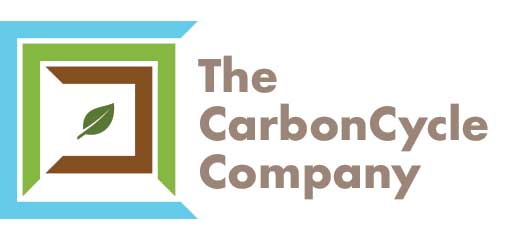What is Composting?
Composting is in essence a process that takes spent organic material (largely water, oxygen, nitrogen and carbon), mixes them, and then lets nature take over to provide the raw materials for photosynthesis and new life.
When we refer to composting, we are generally referring to traditional composting as discussed on this web site; and, more particularly, to aerobic composting, which relies on air to fuel the composting process. But, in the wider sense, composting can include vermiculture (worm farms), bokashi and the like. We have no objection to these “accelerated” processes (in fact, we endorse them), but they can never achieve the scale or outputs required to be a total solution. Nor do they emulate nature on any grand scale so they cannot achieve the same levels of planetary, community or personal benefit.
What can be composted?
Anything that has ever lived or that is made solely from products that once lived can be composted. Garden and lawn cuttings, and food scraps are the prime candidates. Cardboard boxes and paper are also great. Most weeds and even seeds are no problems as long as you compost well. Almost all seeds and pathogens are destroyed at 65°C (149°F) after a few days.
Whilst we can most definitely help it, nature has always “composted”. In wild environments, composting of organic matter occurs naturally. Think of the forest floors you have seen. Forest floors and dead plants, trees and animals have always de-composed and blended into the soil. That’s how it got to be so rich.
What is composting for?
Composting is as critical for the maintenance of life on earth as sunshine and water. Without it, there would be no soil and therefore no life. If we do not return to the soil what we take out there is immediately a loss of soil carbon, a loss of soil, aridity, desertification, malnutrition and hunger.
What are the types of composting?
Composting can be aerobic or anaerobic.
In anaerobic composting, a pile is left to decompose over time. Anaerobic composting emits substantial quantities of methane gas, which is an environmental disaster. And it smells. Landfills are essentially anaerobic composters although they are clearly much worse environmentally.
In aerobic composting, we rely on the air to feed the microorganisms so as to avoid emitting methane. That is the main reason why aerobic composts are “turned” from time to time. By turning them, air gets back in to a pile that has condensed when it has decomposed and lost all air.
Although we consider anaerobic composting to be inferior to aerobic composting when both options are available, there are times when anaerobic composting may be appropriate. However, there is certainly no need for anaerobic composting at a community level or at a residential level.


No Comments